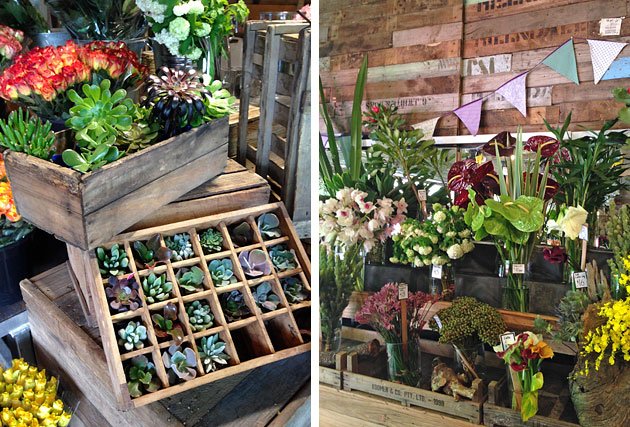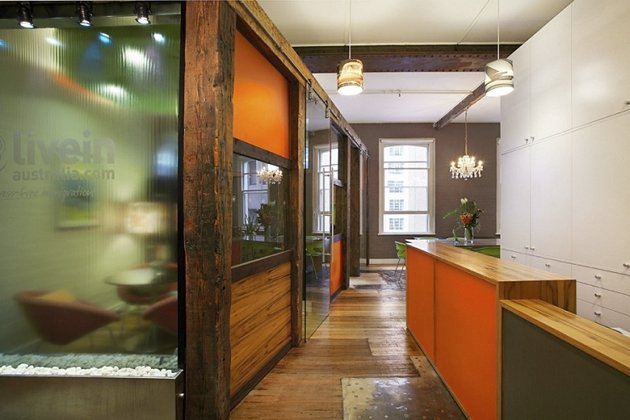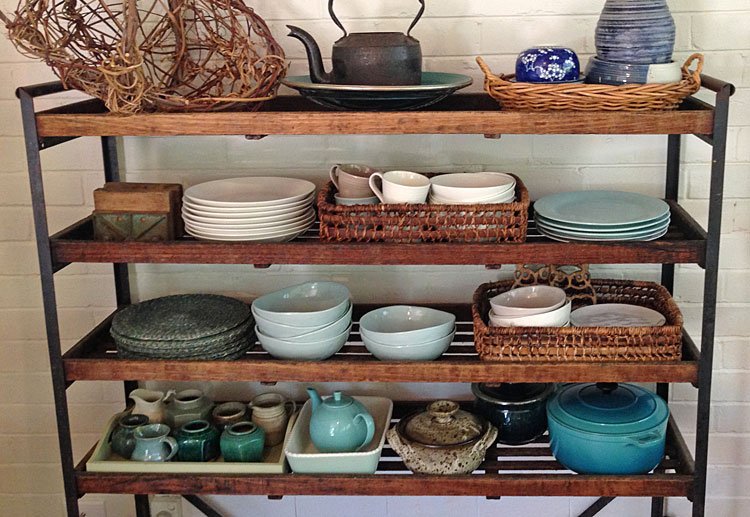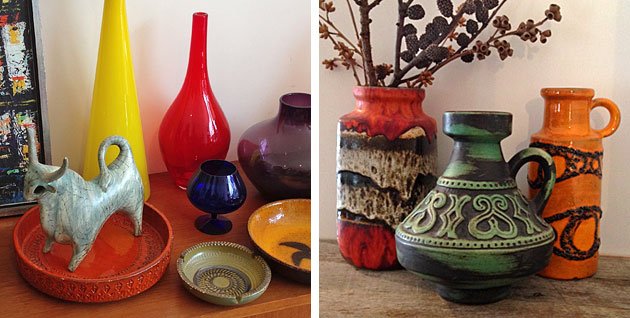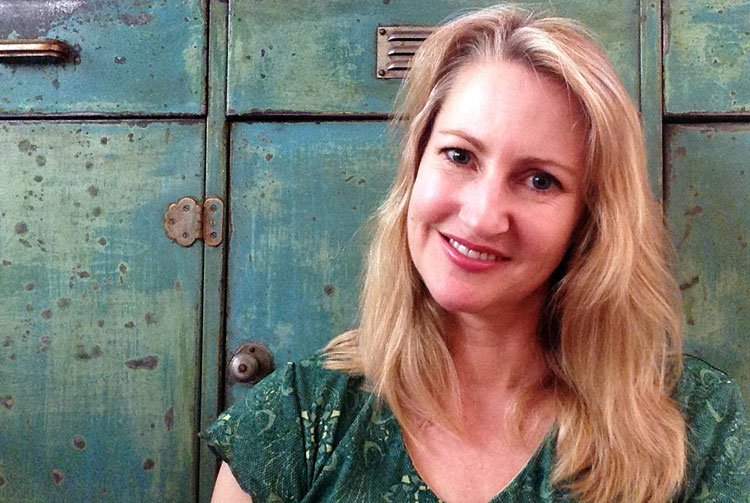Lara from the Junk Map on up-cycling
Lara Knight is passionate about all things recycled, up-cycled and hand crafted. Rather than seeing an old object as it is, she views it as what it could be. This love affair began in Lara's uni days with a very small budget and a desire to fill her home with treasures. The Junk Map website celebrates the Junk-style of decorating and lists a large number of salvage yards, recycled building materials and homeware shops where you can go to search for some hidden gems. The directory listings are full of fantastic information such as location, contact info, price range as well as lots of beautiful images. There are inspirational posts demonstrating what is possible with a little imagination, creativity and handy work and how upcycling can work in the modern day home. I recently had the privilege to interview Lara about the Junk Map found out her tips and tricks for styling and finding those special pieces you will keep for a lifetime.
In your words, what is The Junk Map?
The Junk Map is an editorial-style directory for secondhand, salvage and upcycle businesses. We include plenty of photographs to help stylists, designers, renovators and home makers find relevant places to visit.
What is the greatest treasure you have found?
I’ve moved around a lot and always cull heavily when it’s time to pack. Vintage finds are always the ones I can’t get rid of. A Melbourne shoe factory trolley (bought from Lost Ark 10 years ago) has been the most versatile. It’s had a different use in every house but always looks fabulous and takes care of heaps of storage. I even had a white/recycled timber replica made by Trentham designer Michael Woodberry for my daughter’s room.
Why is it important to you to reuse and recycle?
We’ve got used to mass-produced goods that are cheaply made and need replacing regularly. I prefer not to waste my money. If something gets to a salvage yard or vintage shop in good condition it’s probably going to last longer than the equivalent new item. When quality of materials and craftsmanship is poor, I’d rather choose durable, well-designed secondhand pieces. When it comes to upcycling the same concept applies. I’m a big fan of locally made homewares that turn sound recycled materials into long-lasting designs.
Why did you start The Junk Map?
When I was a graphic designer my favorite days were art directing photo shoots and discussing locations and props. After nearly 20 years in advertising, the rest of the job was getting boring. I thought stylists had more fun sourcing interesting things but they’re usually pushed for time and bound by similar creative restrictions.
When I became a mother I spent a couple of years planning a career change. I sorted through all my passions and skills and tried to put them into a feasible plan for the next 30 years. My never-used journalism degree was more relevant with the boom of online content. Salvage, vintage and imaginative makers was one of my main interests. And I thought stylists and other creatives would benefit from a visual 'look book' that helped them scout on the run.
So, I started The Junk Map and tested the idea. 2 years later it’s still fun, still growing and I’m learning like crazy!
What are your tips for styling and decorating using reclaimed, re-purposed and up-cycled stuff?
1. Buy what you absolutely love. It’s fun to buy something because it’s a bargain but the pieces you’ll keep and enjoy forever are the ones you can’t leave a shop without. I’ve bought pieces I couldn’t really afford at the time but if you keep it for most of your life it’s worth the money.
2. Think laterally. When you find something interesting you don’t have to use it for its original purpose. Mount it on the wall; grow plants in it; change the surface and use it in a different room; remove or replace bits. We found an old meat safe with damaged doors but decided not to restore it. The shelving unit went into the laundry for towels and my husband used the aqua-chipped doors to make rustic picture frames.
3. Use colour to tie rooms together. Many collectors have a haphazard array of objects but grouping around one or two favourite colours can give a space coherence.
4. Have fun. It’s your space and you have a lifetime to arrange it. The minimalist trend banished personality. Now decorators are reintroducing vintage and upcycled pieces to make spaces feel homely and comfortable. Everyone gets bored with stark and 'fashionable' eventually.
5. People often lean towards a particular style of vintage so if you collect around that range things will pull together easily. But, if your taste is more eclectic embrace that too. Whatever makes you feel good day after day is perfect in my book.
Any tips for how to best attack a salvage yard, vintage shop or OP shop to find the hidden gems?
Allow plenty of time. I love to potter around quietly, with no particular agenda, waiting for things to jump out. Looking for something specific in a secondhand store is often frustrating because you can’t guarantee it’ll be there. The best finds come when you aren’t looking; don’t have the money; don’t have a trailer to get it home; or are renting a tiny apartment with no space!
My approach is to walk away for a bit, think about it carefully, and if it still really, really draws me buy it and worry about the rest later. Treasures are often gone if you come back another time.
The other big tip is to drop in regularly. Some days are uneventful and other days you hit the jackpot. Just try to keep what you buy to a manageable level. Those who get badly bitten by the collecting bug rarely recover - they end up on The Junk Map.

